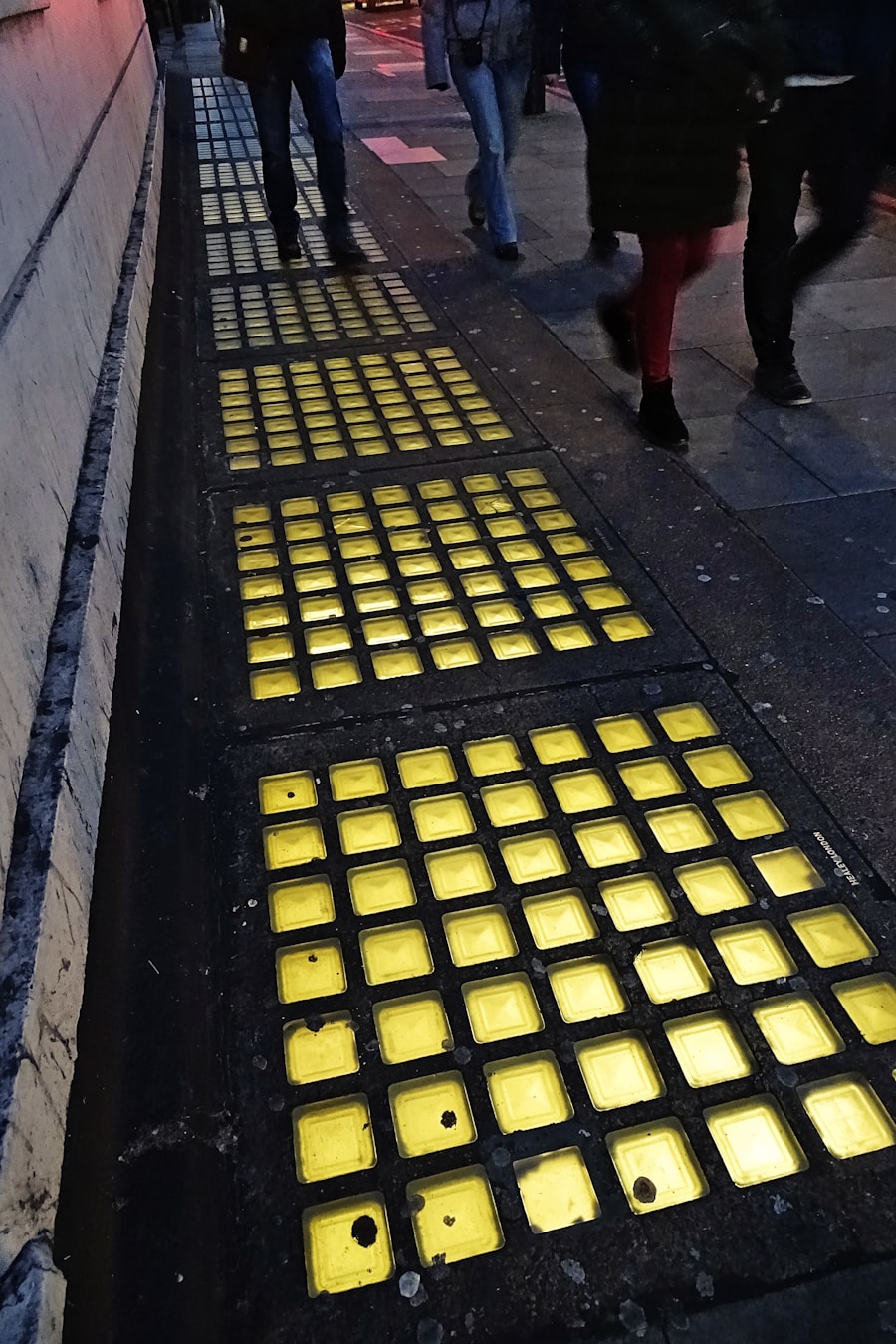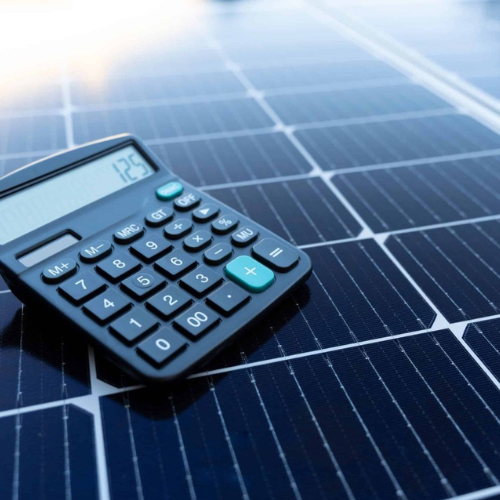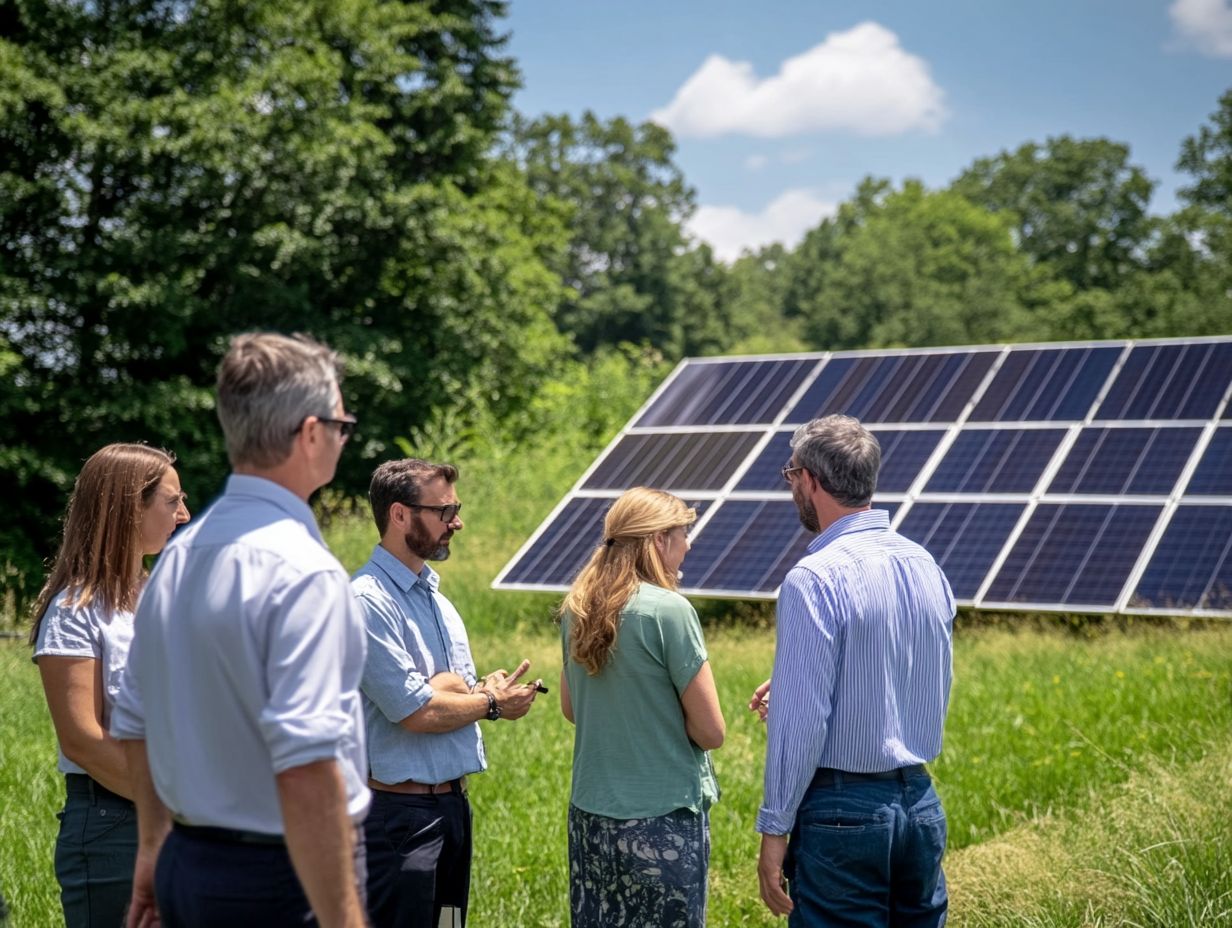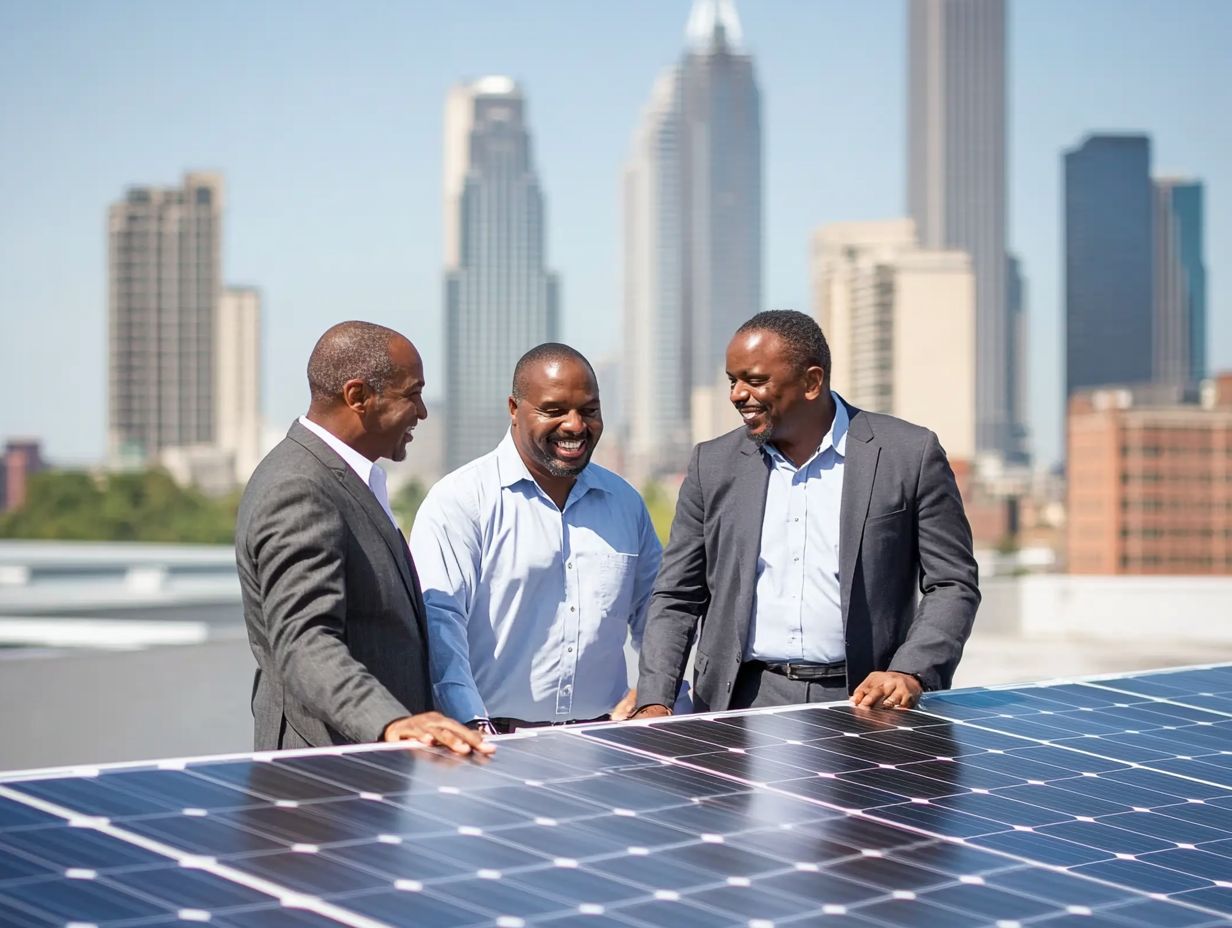Contents
- 1 Advantages of Walkable Solar Panels
- 2 How Walkable Solar Panels Work
- 3 Applications of Walkable Solar Panels
- 4 Environmental Impact of Walkable Solar Panels
- 5 Challenges and Limitations of Walkable Solar Panels
- 6 Future Developments in Walkable Solar Panel Technology
- 7 The Role of Walkable Solar Panels in Sustainable Energy
- 8 FAQs
As the world increasingly turns its attention to sustainable energy solutions, innovative technologies are emerging to meet the growing demand for renewable resources. One such innovation is walkable solar panels, a groundbreaking concept that combines energy generation with functional surfaces. Imagine walking on a surface that not only supports your weight but also captures sunlight to produce clean energy.
This dual-purpose technology is revolutionizing the way we think about solar energy and urban design. By integrating solar panels into walkable surfaces, such as sidewalks, driveways, and public plazas, you can contribute to a greener future while enjoying the benefits of modern infrastructure. Walkable solar panels are designed to withstand foot traffic while efficiently converting sunlight into electricity.
This unique feature allows for the installation of solar technology in areas that were previously deemed unsuitable for traditional solar panels. As urban areas continue to expand and the need for sustainable energy solutions becomes more pressing, walkable solar panels present an exciting opportunity to harness solar power in innovative ways. By understanding the advantages, functionality, applications, and environmental impact of this technology, you can appreciate its potential to transform urban landscapes and contribute to a more sustainable future. Get your free solar assessment at https://www.solarenergy4u.org/free-pro-advice/.
Key Takeaways
- Walkable solar panels are a new innovation in renewable energy technology that combine the benefits of solar power generation with the ability to be walked on.
- Advantages of walkable solar panels include their dual functionality as both a power source and a walkable surface, their potential for use in urban areas with limited space, and their ability to generate electricity even when partially shaded.
- Walkable solar panels work by integrating photovoltaic cells into a durable, non-slip surface that can withstand foot traffic while capturing sunlight and converting it into electricity.
- Applications of walkable solar panels include walkways, parking lots, and other outdoor surfaces that can benefit from both solar power generation and pedestrian access.
- The environmental impact of walkable solar panels is positive, as they contribute to the generation of clean, renewable energy and can help reduce the carbon footprint of buildings and infrastructure.
Advantages of Walkable Solar Panels
One of the most significant advantages of walkable solar panels is their ability to maximize space utilization. In densely populated urban environments, where land is at a premium, every square foot counts. By integrating solar technology into walkable surfaces, you can effectively generate energy without sacrificing valuable real estate.
This innovative approach allows for the creation of multifunctional spaces that serve both aesthetic and practical purposes. You can enjoy a vibrant public plaza or a beautifully designed walkway while knowing that it is also contributing to renewable energy production. Another key benefit of walkable solar panels is their durability and resilience.
Unlike traditional solar panels, which are often mounted on rooftops or open fields, walkable solar panels are engineered to withstand the wear and tear of foot traffic and environmental conditions. This durability means that you can rely on them for long-term energy generation without the need for frequent maintenance or replacement. Additionally, their robust design can enhance safety by providing slip-resistant surfaces, making them an ideal choice for public spaces where pedestrian traffic is high.
How Walkable Solar Panels Work

Walkable solar panels operate on the same fundamental principles as traditional solar panels, utilizing photovoltaic (PV) technology to convert sunlight into electricity. When sunlight strikes the surface of the panel, it excites electrons within the photovoltaic cells, generating an electric current. This process is known as the photovoltaic effect.
However, what sets walkable solar panels apart is their unique construction, which allows them to endure foot traffic while maintaining efficiency in energy conversion. The design of walkable solar panels typically incorporates tempered glass or other durable materials that protect the underlying PV cells from damage. These materials are engineered to be both transparent and strong, allowing sunlight to penetrate while providing a sturdy surface for pedestrians.
Additionally, many walkable solar panels are equipped with advanced features such as anti-reflective coatings and heat management systems to optimize performance in various weather conditions. By understanding how these panels work, you can appreciate their potential to seamlessly integrate into everyday life while contributing to sustainable energy production.
Applications of Walkable Solar Panels
| Application | Metric |
|---|---|
| Urban Areas | Energy generation per square meter |
| Public Spaces | Number of people benefiting from shade and energy |
| Transportation Hubs | Percentage of energy used for transportation needs |
| Commercial Buildings | Reduction in electricity costs |
The applications of walkable solar panels are vast and varied, making them suitable for a wide range of environments. In urban settings, you can find them integrated into sidewalks, plazas, and public transportation hubs, transforming ordinary surfaces into energy-generating assets. For instance, imagine walking through a city park where the pathways not only guide you but also power nearby lighting and charging stations for electronic devices.
This integration enhances the overall experience while promoting sustainability. Beyond urban landscapes, walkable solar panels can also be utilized in commercial and residential settings. You might consider installing them in your driveway or patio, allowing your home to harness solar energy without compromising on aesthetics or functionality.
Additionally, they can be employed in recreational areas such as sports fields or outdoor event spaces, providing energy for lighting and sound systems while ensuring safety for participants and spectators alike. The versatility of walkable solar panels opens up new possibilities for energy generation in both public and private spaces.
Environmental Impact of Walkable Solar Panels
The environmental impact of walkable solar panels is overwhelmingly positive, contributing to a reduction in carbon emissions and reliance on fossil fuels. By harnessing solar energy in urban environments, you can help mitigate the effects of climate change while promoting cleaner air quality. The integration of renewable energy sources into everyday infrastructure not only reduces greenhouse gas emissions but also encourages a cultural shift towards sustainability and environmental responsibility.
Moreover, walkable solar panels can play a crucial role in reducing urban heat islands—a phenomenon where urban areas experience higher temperatures than their rural counterparts due to human activities and infrastructure. By incorporating these panels into city designs, you can help lower surface temperatures and improve overall urban climate resilience. This dual benefit of energy generation and temperature regulation highlights the importance of walkable solar panels in creating sustainable cities that prioritize both ecological health and human well-being.
Challenges and Limitations of Walkable Solar Panels

High Initial Costs
One significant concern is the initial cost of installation. While prices for solar technology have decreased over the years, the specialized materials and engineering required for walkable solar panels can still make them more expensive than traditional options. As a result, budget constraints may limit their implementation in certain projects or communities.
Energy Conversion Efficiency
Another challenge lies in the efficiency of energy conversion compared to traditional solar panels. While advancements in technology have improved the performance of walkable solar panels, they may still fall short in terms of energy output when compared to conventional systems installed in optimal conditions.
Integration into Existing Infrastructure
This limitation necessitates careful planning and consideration when integrating walkable solar panels into existing infrastructure to ensure that they meet energy needs effectively.
Future Developments in Walkable Solar Panel Technology
The future of walkable solar panel technology holds great promise as research and development continue to advance in this field. Innovations in materials science may lead to even more durable and efficient designs that can withstand greater foot traffic while maximizing energy output. For instance, developments in flexible photovoltaic materials could allow for more versatile applications in various environments, expanding the potential uses of walkable solar panels beyond current limitations.
Additionally, advancements in smart technology integration could enhance the functionality of walkable solar panels even further. Imagine a future where these surfaces not only generate electricity but also communicate with smart grids or provide real-time data on energy production and consumption. Such innovations could optimize energy management in urban areas and empower you as a user to make informed decisions about your energy consumption patterns.
The Role of Walkable Solar Panels in Sustainable Energy
In conclusion, walkable solar panels represent a significant step forward in the quest for sustainable energy solutions. By merging functionality with renewable energy generation, these innovative surfaces have the potential to transform urban landscapes while promoting environmental responsibility. As you navigate through cities equipped with walkable solar technology, you can take pride in knowing that your footsteps contribute to a cleaner future.
The advantages of walkable solar panels—such as space optimization, durability, and versatility—make them an attractive option for both public and private applications. While challenges remain regarding cost and efficiency, ongoing research and development promise exciting advancements that will further enhance their viability as a sustainable energy source. As we move towards a more sustainable future, embracing technologies like walkable solar panels will be essential in creating resilient communities that prioritize both ecological health and human well-being.
If you are interested in learning more about the benefits of solar energy, you may want to check out this article on solar savings path. This article discusses how investing in solar panels can lead to long-term savings on energy bills. Additionally, if you are considering installing solar panels on your property, you can find helpful tips and information in this article on installing solar energy. Lastly, to avoid common mistakes when switching to solar energy, be sure to read this article on avoid solar switching mistakes.
FAQs
What are walkable solar panels?
Walkable solar panels are a type of solar panel technology that is designed to be durable and strong enough to support the weight of a person walking on them. This allows for the panels to be installed in areas where they may be subject to foot traffic, such as sidewalks, pathways, or outdoor seating areas.
How do walkable solar panels work?
Walkable solar panels work in the same way as traditional solar panels, by converting sunlight into electricity through the use of photovoltaic cells. The main difference is that walkable solar panels are designed to be more robust and able to withstand the weight and impact of people walking on them.
What are the benefits of walkable solar panels?
Walkable solar panels offer several benefits, including the ability to generate clean, renewable energy in areas where traditional solar panels may not be suitable. They can also provide shade and shelter while generating electricity, making them a versatile option for urban environments.
Where can walkable solar panels be installed?
Walkable solar panels can be installed in a variety of locations, including sidewalks, plazas, outdoor seating areas, and other public spaces. They can also be used in commercial and residential settings, such as on rooftops or as part of outdoor walkways.
Are walkable solar panels safe to walk on?
Walkable solar panels are designed to be safe for pedestrians to walk on, with a durable and non-slip surface. However, it is important to follow any installation and usage guidelines provided by the manufacturer to ensure safety.








